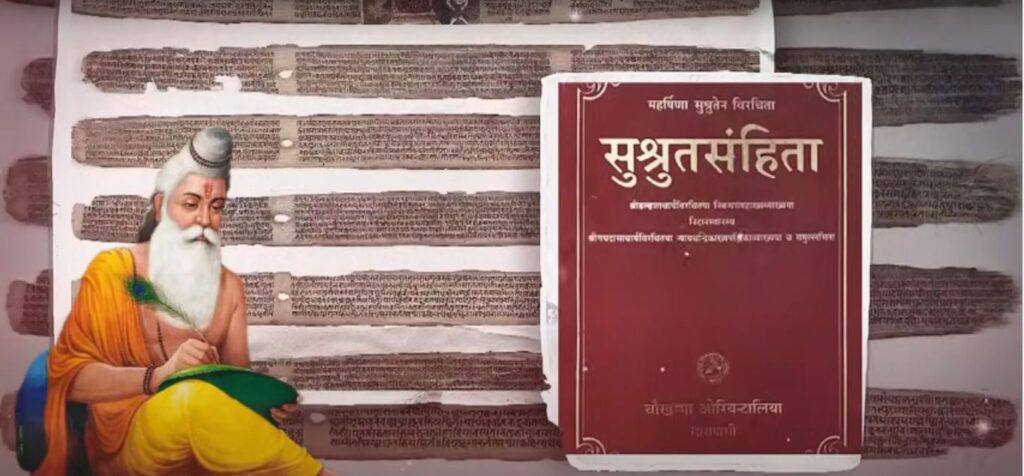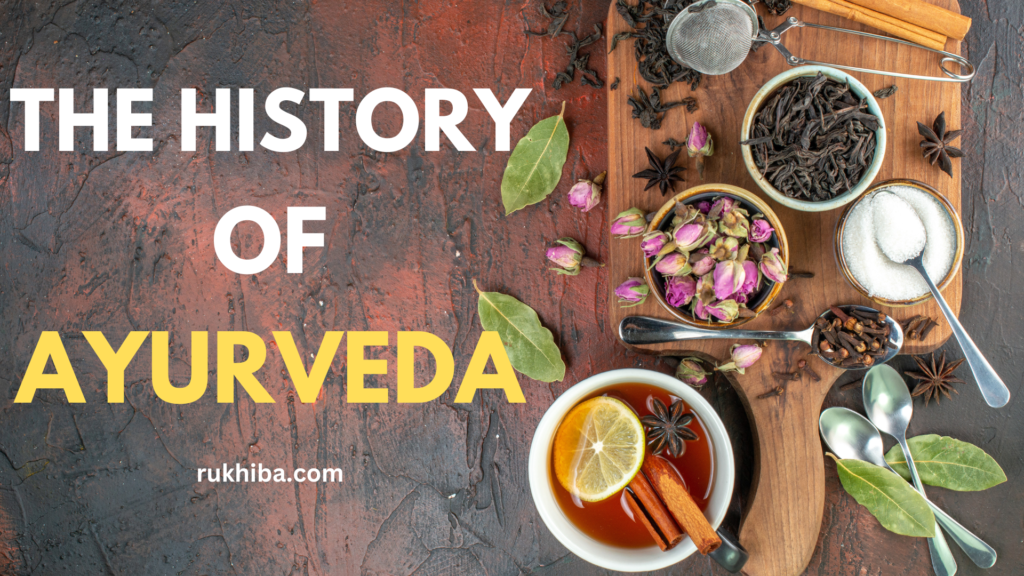Friends, today awareness is increasing among people regarding health. But allopathy is not the only option. Allopathic medicines can cure a person, but they also have side effects. So let us today in this article inform you about an age old and side effect free treatment method (Ayurveda).
Ayurvedic is the life on earth, and is a nature-based system of medicine. Allopathy started from the 19th century, but people were being treated even years ago. There was a similar treatment system in India which was so effective that it kept people healthy as well as giving them a good life span. From its birth (rise) to this day, the whole world knows this treatment system by one name, that is Ayurveda.
Medical experts of ancient India believed that the human body is made up of five elements. These five elements are as follows.
1. Earth
2. Water
3. Fire
4. Air
5. Sky
These five elements are the basis of the human body, and their balance keeps a person healthy. These five elements are called “Doshas” in Sanskrit, and these doshas differ among different people. Like vatta, kapha, pitta. This uniqueness is called nature. Nature divides these doshas present in the human body into three categories.
Kapha dosha is made up of water (element) and soil (element),
Vatta dosha is made up of air (element) and sky (element),
Pitta dosha is made up of fire (element) and water (element).
Modern medical science also matches this theory. But even thousands of years ago, our ancestors had this knowledge. The history of Ayurvedic is so old that it is difficult to pinpoint its perfect time. Who was the first to know this? And it is also difficult to say who its Janaka (discoverer) was, but rukhiba.com will try to show you, as you are reading the history of Ayurveda.
HISTORY OF AYURVEDA (THE ANCIENT MEDICINE SYSTEM)
Ayurveda focuses on the idea that the symptoms of diseases of the human body are the clues of the imbalance in our body. They are not diseases, just remove this imbalance, then all the problems will be solved by themselves.
Ayurveda is called the oldest medicine system of the whole world. Ayurvedic started in India 3000 years ago. Ancient texts such as “Charakasamhita”, “Sushrutasamhita” and “Ashtanga Hradaya” refer to it. If we talk about Charak Samhita, it is a collection of eight books, which was written in India 2000 years ago. Foreign invasions, British colonialism and modern medicine have weakened the use of Ayurvedic, but never eradicated its existence. “Chyavanprash” is the best example of how you too can use Ayurveda in your daily routine. Foreign countries use it less or not at all, but in India it is used a lot. Chyawanprash is an Ayurvedic formula.
This is a blend of Ayurvedic herbs that acts as a tonic for our immune system. In “Charakasamhita” this is written in detail. It is said that “Rishi Chavan” was to be married to a bride, but was worried about his growing age, when the gods from heaven gave him the knowledge of a herb that was a boon for health and longevity. This is why it became famous as Chyavanprash. Before exploring the detailed history of Ayurvedic, it is important to understand the true definition of Ayurvedic, because healthy lifestyles like “Yoga” and “Ayurveda” originated from the land of India. And today the whole world has deep faith in this.
Ayurvedic has been used in India for over 3000 years. In the Charaka Samhita it is written that “prayojanam chasya svartharakshanam aturasthyavikaraprashamanam ch” means the aim of Ayurveda is to protect the health of the healthy, and to make the sick healthy. Ayurveda is a combination of two words. ” Ayu” means life and “Veda” means knowledge, thus Ayurveda means “knowledge of life”. In allopathy, when an illness is caught, emphasis is placed on its treatment, while Ayurveda focuses on a healthy lifestyle. The more we lead a healthy lifestyle, the less chance we have of getting sick. Ayurveda believes this, and this is also the motive of Ayurveda.
“Maintain healthy lifestyle & Stay Healthy.”
THE HISTORY OF MAHARISHI SHUSHRUTA (FATHER OF SURGERIES)

If we take a look at the life of Maharishi Sushruta, we can know Ayurveda better in detail.
Father of surgery Sushruta invented about 300 surgeries, and taught them to the youth. Sushruta was a Maharishi of the Vedic period about 2600 years ago. At that time he was a resident of Kashi, which we now know as Banaras.
It was Maharishi Sushruta who invented rhinoplasty (nose surgery), and was also the world’s first cataract surgeon. He had such expertise in surgery that he was also called “Father of all surgeries”. He also made 121 different surgical equipments to perform this surgery. Sushruta included his knowledge in the Sushruta Samhita. Also written in Sanskrit, this scripture is one of the 3 pillars of Ayurvedic, and is also a part of the Atharva Veda. To increase his knowledge and to understand the structure of the human body, Sushruta also studied dead bodies.
Sushruta also had knowledge of the procedure of “anotomy” which is followed today in modern medical science. He used to submerge dead bodies in water and allow them to decompose, and study them from time to time. In this way, different layers of the human body emerge. From this reason, Maharishi Shushrut got the knowledge of abdominal and brain surgery.
Chapter 1.16 of Sushruta Samhita contains detailed knowledge of “rhinoplasty” i.e. nose surgery. Cataract surgery is also mentioned in Answer System of Sushruta Samhita. Today’s surgeon has modern equipments to perform surgeries, but Sushruta didn’t have any at that time, which shows the capability of Sushruta. Whatever technology and medical knowledge there is now. It is mentioned thousands of years ago in Vedas and scriptures of India. In 1907 a Kaviraj “Kunjlal” from Kolkata (City of India) translated the Sushruta Samhita into English. In the 20th century, when the whole world turned to Ayurveda and started enjoying it, the world recognized Sushruta’s knowledge.
A few excerpts of this Ayurvedic knowledge written on palm leaves are also kept in “Los Angeles country meusum of art, USA”.
So, friends, I hope you will like this article very much. In it, I have tried to show as much as possible about Ayurveda, but as Ayurveda is a very vast topic, it is impossible to cover it in one article. So if you want to know more about this, if you are interested in it, then let me know through comments. I will keep you updated with other articles on this. Until then, take care, stay healthy and peace.


Just 😍 loved the part of shushrut…. He was really legend…Keep posting this type of articles sir!!🥰🥰